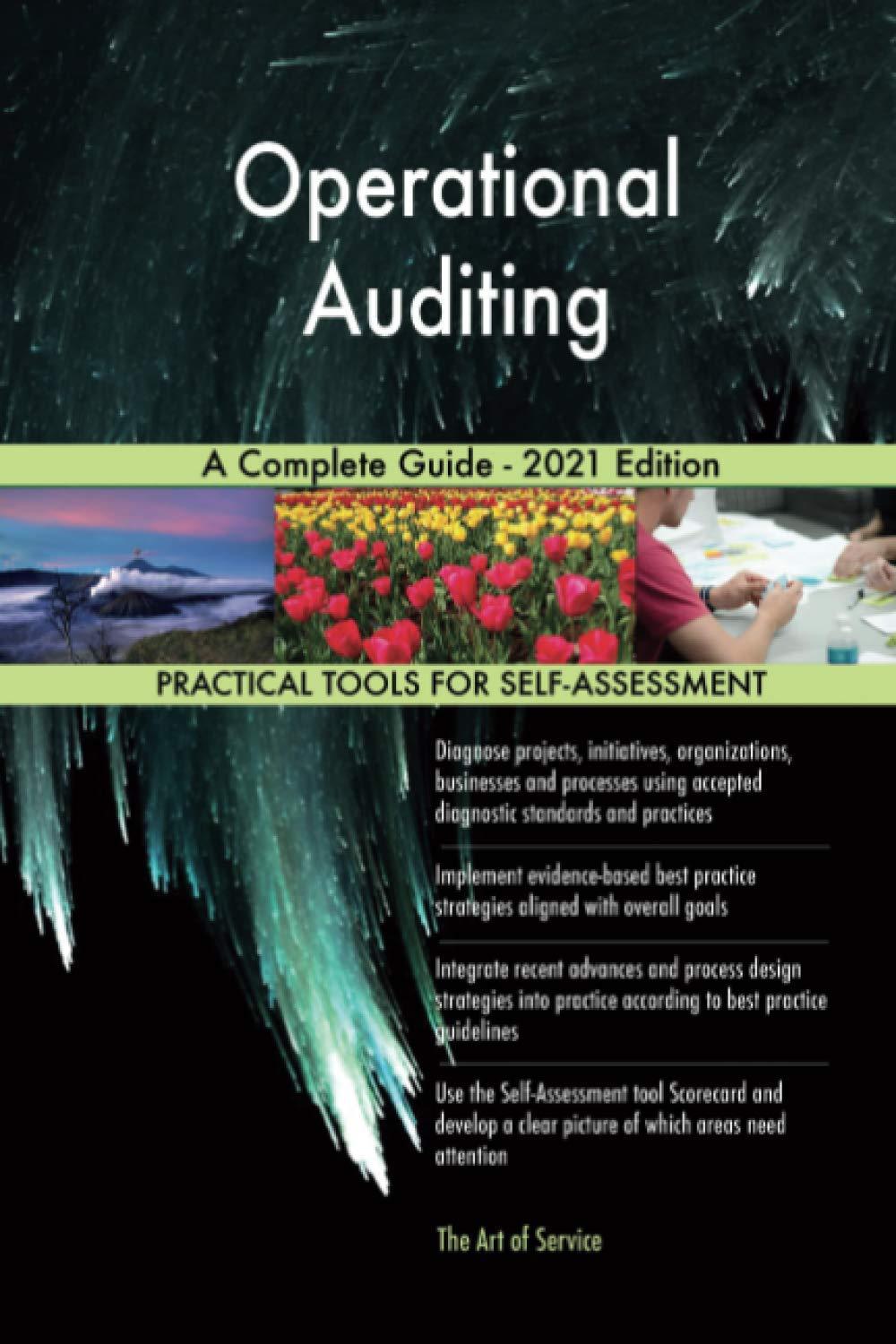Question
Case 8-31 Master Budget with Supporting Schedules [LO8-2, LO8-4, LO8-8, LO8-9, LO8-10] You have just been hired as a new management trainee by Earrings Unlimited,
Case 8-31 Master Budget with Supporting Schedules [LO8-2, LO8-4, LO8-8, LO8-9, LO8-10]
| You have just been hired as a new management trainee by Earrings Unlimited, a distributor of earrings to various retail outlets located in shopping malls across the country. In the past, the company has done very little in the way of budgeting and at certain times of the year has experienced a shortage of cash. |
| Since you are well trained in budgeting, you have decided to prepare comprehensive budgets for the upcoming second quarter in order to show management the benefits that can be gained from an integrated budgeting program. To this end, you have worked with accounting and other areas to gather the information assembled below. |
| The company sells many styles of earrings, but all are sold for the same price$18 per pair. Actual sales of earrings for the last three months and budgeted sales for the next six months follow (in pairs of earrings): |
| January (actual) | 23,800 | June (budget) | 53,800 |
| February (actual) | 29,800 | July (budget) | 33,800 |
| March (actual) | 43,800 | August (budget) | 31,800 |
| April (budget) | 68,800 | September (budget) | 28,800 |
| May (budget) | 103,800 | ||
| The concentration of sales before and during May is due to Mothers Day. Sufficient inventory should be on hand at the end of each month to supply 40% of the earrings sold in the following month. |
| Suppliers are paid $5.9 for a pair of earrings. One-half of a months purchases is paid for in the month of purchase; the other half is paid for in the following month. All sales are on credit, with no discount, and payable within 15 days. The company has found, however, that only 20% of a months sales are collected in the month of sale. An additional 70% is collected in the following month, and the remaining 10% is collected in the second month following sale. Bad debts have been negligible. |
| Monthly operating expenses for the company are given below: |
| Variable: | |||
| Sales commissions | 4% | of sales | |
| Fixed: | |||
| Advertising | $ | 390,000 | |
| Rent | $ | 37,000 | |
| Salaries | $ | 144,000 | |
| Utilities | $ | 16,500 | |
| Insurance | $ | 4,900 | |
| Depreciation | $ | 33,000 | |
| Insurance is paid on an annual basis, in November of each year. |
| The company plans to purchase $25,500 in new equipment during May and $59,000 in new equipment during June; both purchases will be for cash. The company declares dividends of $29,250 each quarter, payable in the first month of the following quarter. |
| A listing of the companys ledger accounts as of March 31 is given below: |
| Assets | ||
| Cash | $ | 93,000 |
| Accounts receivable ($53,640 February sales; $630,720 March sales) | 684,360 | |
| Inventory | 162,368 | |
| Prepaid insurance | 30,500 | |
| Property and equipment (net) | 1,140,000 | |
| Total assets | $ | 2,110,228 |
| Liabilities and Stockholders Equity | ||
| Accounts payable | $ | 119,000 |
| Dividends payable | 29,250 | |
| Common stock | 1,180,000 | |
| Retained earnings | 781,978 | |
| Total liabilities and stockholders equity | $ | 2,110,228 |
| The company maintains a minimum cash balance of $69,000. All borrowing is done at the beginning of a month; any repayments are made at the end of a month. |
| The company has an agreement with a bank that allows the company to borrow in increments of $1,000 at the beginning of each month. The interest rate on these loans is 1% per month and for simplicity we will assume that interest is not compounded. At the end of the quarter, the company would pay the bank all of the accumulated interest on the loan and as much of the loan as possible (in increments of $1,000), while still retaining at least $69,000 in cash. |
| Required: | |
| 1. | Prepare a master budget for the three-month period ending June 30. Include the following detailed budgets: |
| a. | A sales budget, by month and in total.
|
Step by Step Solution
There are 3 Steps involved in it
Step: 1

Get Instant Access to Expert-Tailored Solutions
See step-by-step solutions with expert insights and AI powered tools for academic success
Step: 2

Step: 3

Ace Your Homework with AI
Get the answers you need in no time with our AI-driven, step-by-step assistance
Get Started


